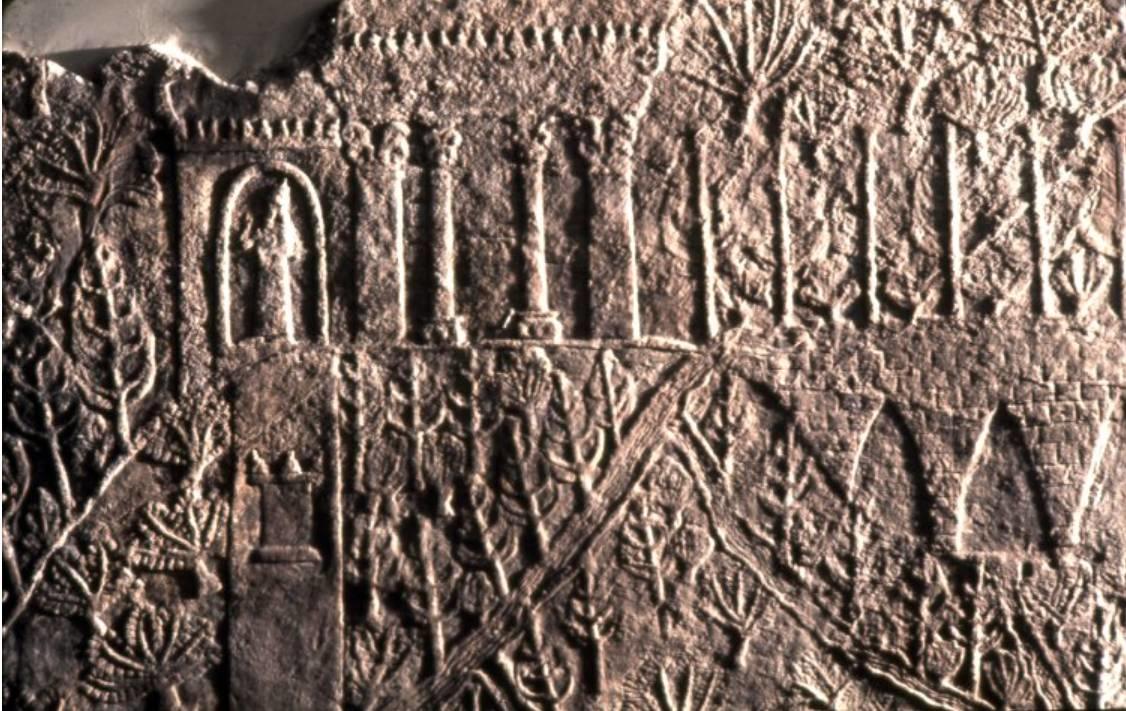If you were to consider the history of Mesopotamia, what facts would pop up almost immediately?
This ancient civilisation has inspired numerous artistic works: paintings, operas, science fiction tales and graphic novels. However, even when all of these works are taken together, they do not truly give one an idea of just how great this ancient society was.
To really get some understanding of life in this ancient culture, one has to travel far back to time described by a few surviving written records.
In this article, a little tapestry woven together using various artefacts, we attempt to give some idea of the history of one of the great ancient civilisations.
Want to give private lessons?
Join the Superprof community and share your knowledge with inquiring and motivated students.
Mesopotamia: Some Basic Facts
Two Greek words give Mesopotamia its name: ‘mesos’ which translates to ‘middle’ and ‘potamos’ which means ‘river’. Together, they describe Mesopotamia as the ‘land between the rivers’.
Geography
Located between the Tigris and Euphrates Rivers, this region formed part of what was dubbed the Fertile Crescent and was sheltered by the Zagros Mountain Range, in the north-east.
In today’s terms, the Mesopotamia would have stretched across parts of Syria, south-eastern Turkey, all of Iraq, Kuwait and parts of western Iran.
Hugging the eastern banks of the Tigris were the several major settlements, including Assur, Arbela, Babylon, Kalah and Nineveh.
They enjoyed an abundant supply of water, which the cities to their west, dependent on the inconstant flow of the Euphrates, did not.
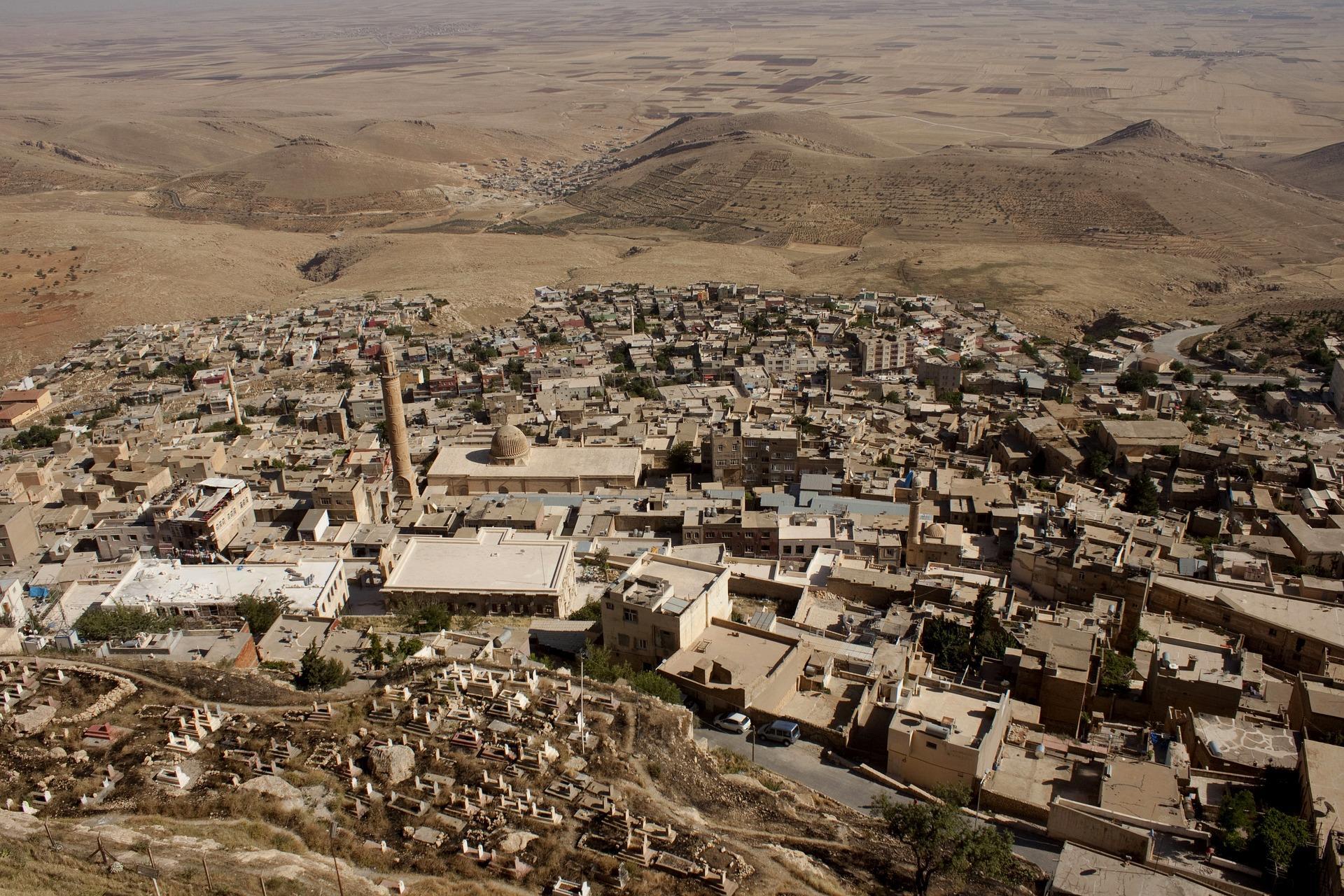
Government
Mesopotamia was ruled by emperors, kings and several dynasties (rulers from the same families).
One of these rulers, King Ur-Nammu drafted the world’s first complete legal code in the 21st Century B.C.
When transfers of power took place, they were, generally brutal, even within dynasties. A first-rate example of this was when the Sumerians (the oldest Mesopotamian civilisation) were overrun by the Akkadians.
They were, initially, allowed to maintain their way of life and culture, but, eventually, their language was subsumed to the point where everyone, throughout the empire, (by 2 000 B.C.) only spoke Akkadian.
The Economy of Mesopotamia
It was quite easy to farm in the foothills of the Zagros Mountains, but was only possible with the irrigation in dry areas and the regular drainage of wetter areas.
Harvests became more bountiful after the Akkadians gained control of water – to such an extent that they could engage in trade with their neighbours.
They did not have any slaves, so the devised tools to make farming easier – they invented a plough with wooden blades, which allowed them to plant turnips, onions and barley.
Because they were able to grow crops, people settled in the region, established cities and governments and drove intellectual discovery.
Their temples served as banks and this was, then, one of the reasons that religion assumed a very important role in their lives.
Although the first extensive credit system was created by the Sumerians, it was the Babylonians who conceived the first commercial banking system.
Were these two nations rivals of one another?
Not exactly.
After the fall of the Akkadian Empire, the region it occupied was split into two parts. The northern region was occupied by the Akkadians, while the south was taken up by the Babylonians. They spoke the same language and traded keenly with one another.
So, was this a peaceful period in the history of Mesopotamia?
Between the fights for territory and power grabs, one could not really argue that these groups were simply content to co-exist.
Strategic alliances were formed, over time, as officials from a neutral town was called upon to arbitrate when cities battled one another. Later on, as the region was ruled by successive emperors, they fought against foreign powers.
A first-rate example of this was displayed by Sargon the Great, who regularly invaded neighbouring countries to appease his insatiable greed for territory.
In truth, warfare was actually a way of life in Mesopotamia.
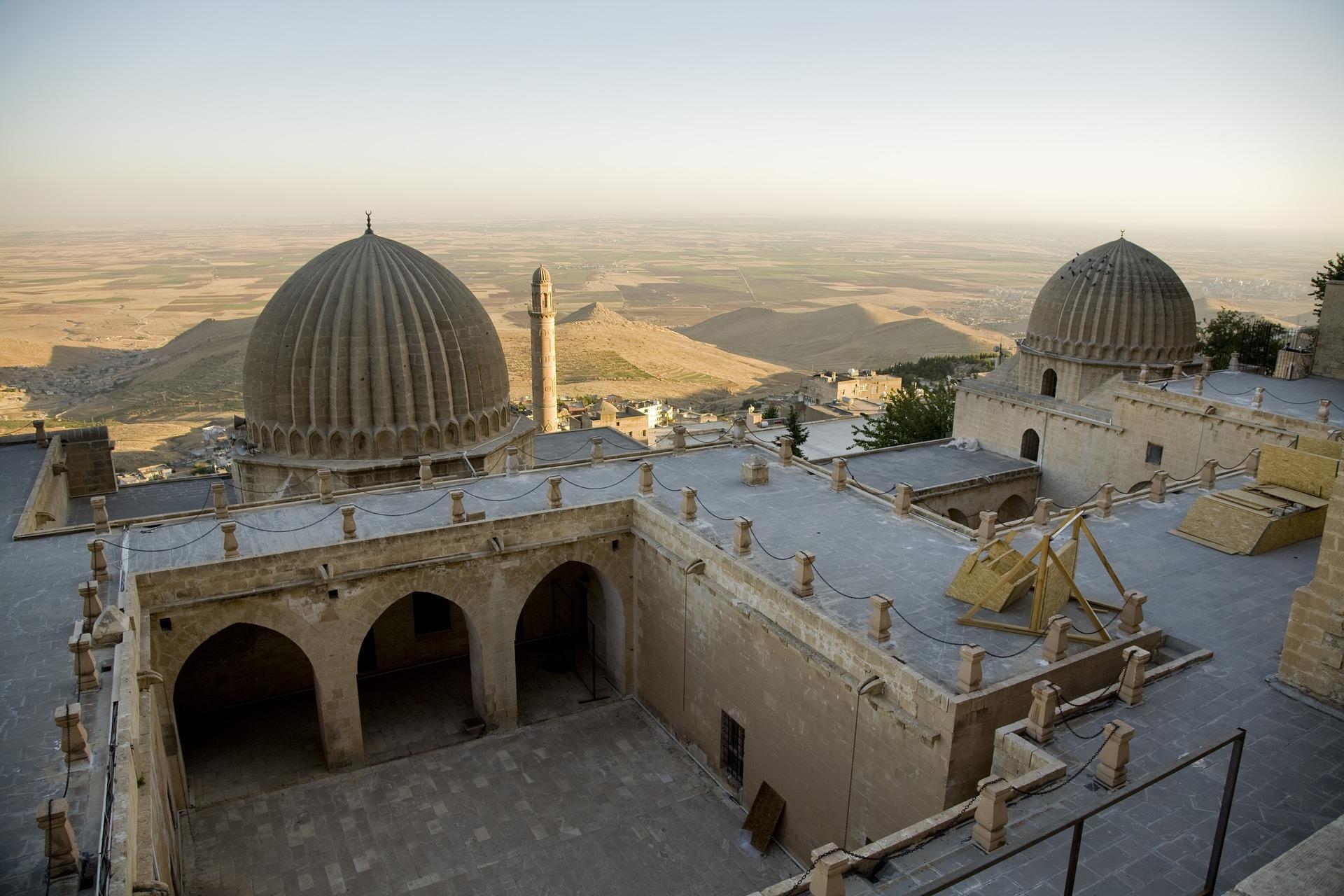
Mesopotamian Religion
In this, one of the world’s extinct ancient religions, the rain, wind and sun – natural forces – were praised by the indigenous people, because they sustained life. In later times, these forces of nature were personified and a religious hierarchy was instituted, with a balance between male and female deities.
For example, their supreme god was named An, the personification of heaven for them. The goddess who represented earth was called Ki.
In those ancient times, the Sumerians used the term an-ki for the universe, echoing their reference to their highest-ranking gods.
Once their pantheon of gods had been established – from a god of water to a moon goddess – the Mesopotamians turned their thoughts to some major philosophical questions.
They considered questions such as ‘What is my purpose?’ and ‘Who am I?’ – the answers being construed as being influenced from above.
Over time, as people started to worship in their own way, religion became more personal and fractured, weakening the overall bond between the Mesopotamian people and their gods.
When Cyrus the Great expanded his Achaemenid Empire, by claiming Mesopotamian lands, the people abandoned their previously held beliefs in favour the religion he, the conqueror, had brought: Syriac Christianity. The Mesopotamian faith was, thus, relegated to the annals of the world’s extinct ancient religions .
Want to give private lessons?
Join the Superprof community and share your knowledge with inquiring and motivated students.
Mesopotamia: Land of Myths and Legends
As with many other cultures, the legends and myths, that formed the foundation of the Mesopotamian society, revolved around their belief systems, their gods and their heroes.
To gain a better understanding of how these tales originated, one has to know that the scribes who wrote and preserved those documents were allied to the temples and the ruler.
Temples were, also, very important to the people, since they played many roles, from the distribution of food to the worshipping of deities. Mesopotamian mythology was, thus, religious in nature.
Omens were also very important. People believed that they could only divine the will of the gods, if they could interpret the clues they occasionally provided.
Thus, a treatise was composed relating to the signs of the gods: for example, what fate awaited citizens whose city was situated on a hill or what did being born deformed mean.
In Mesopotamian mythology, immortality was a common theme.
Etana, a king who had no heirs, set free an eagle and flew to the heavens on its back. This tale served as a caution against the establishment of dynasties.
Adapa, who was summoned by the gods, after he had provoked them, did not consume anything offered to him, thus missing out on immortality.
While it may appear that immortality was not desirable, there are other instances to the contrary. Atrahasis was warned of an imminent flood by the gods. He responded by building a boat, which helped him survive the powerful flood which followed.
Traces of these and other stories still resonate today, albeit in forms that have changed due to religious beliefs and persuasions.
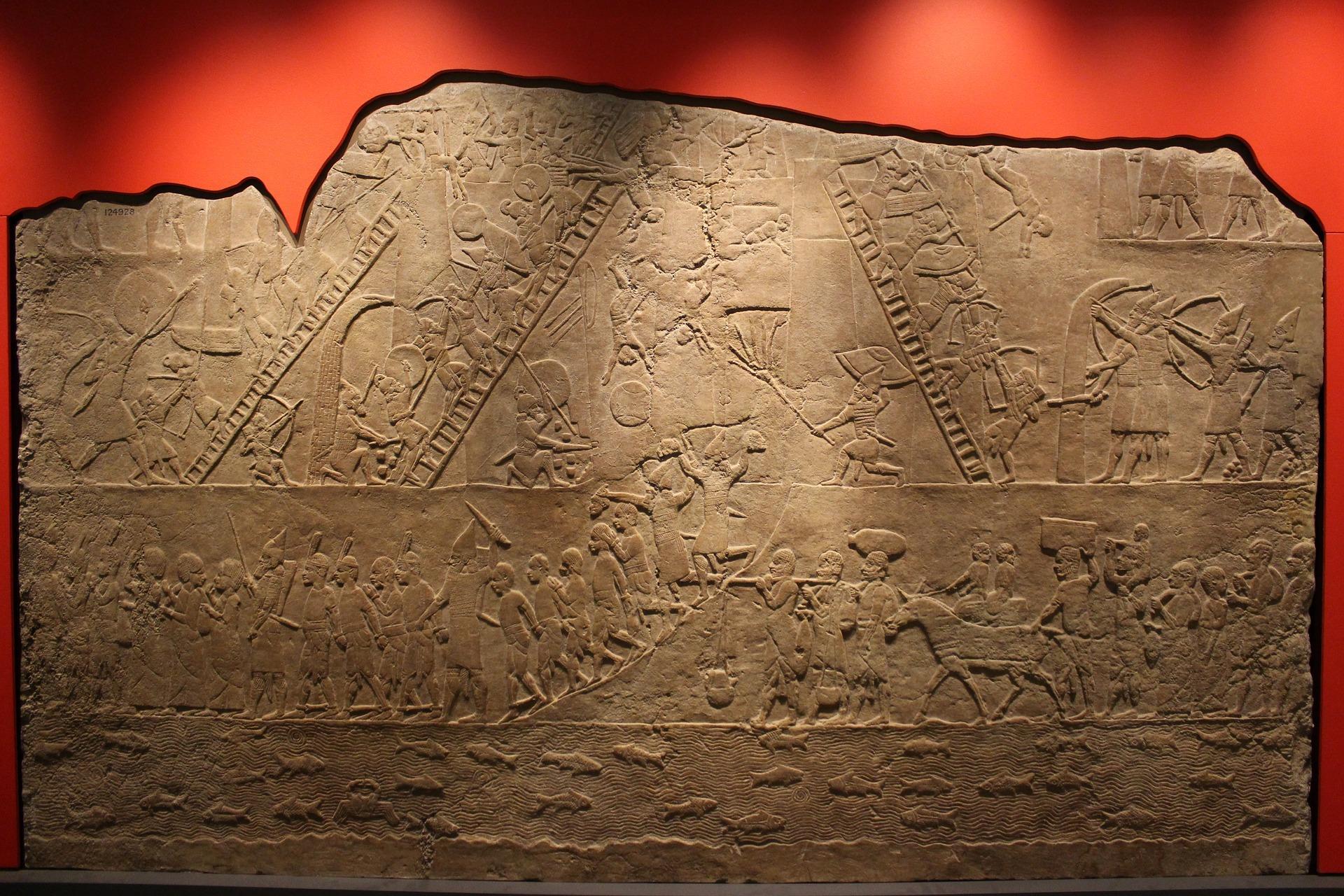
Culture of the Mesopotamians
Over time, the social standing of women, who were previously regarded as equal to men, changed dramatically. Their role in society – where they had previously been high priestesses and could own property, engage in trade and benefit from education – was reduced that of caring for children and the home.
Subsequent to this, the patriarchal structure of Mesopotamian society started to pervade every facet of social interaction.
What was life like then?
A leisurely life?
How did the indigenous people entertain themselves? Besides work, what was there to occupy them?
Their kings loved hunting and the wealthy played a game very similar to polo, except that the players rode on the shoulders of other men. Artwork displayed scenes of wrestlers and boxers, attesting to the popularity of those sporting codes. A game very similar to rugby was also played, with a wooden ball.
The Mesopotamians also loved board games and backgammon was very popular, having originated there.
Music and singing were also two very popular pastimes. People sang in the marketplace and at home and, often, they also entertained royalty in this way. They also composed many drinking songs, as they regularly made wine and brewed beer.
Songs, additionally, has played a far greater role in Mesopotamian society: they were sung at coronations and battles. Further, they were passed on to the next generation, in that way serving the purpose of oral histories.
The Mesopotamians also played a number of instruments – percussion instruments, drums and the lute – at funerals, ceremonies and festivals.
Festivals of Mesopotamia
As can be expected, many of the Mesopotamians rituals were centred around natural phenomena:
- Solstices: the longest nights and days received special consideration.
- Seasons: reaping and sowing; they would make supplications to the gods for a bountiful growing season.
- Lunar cycles: it was believed that a waxing moon encouraged agricultural abundance and that waning moons necessitated conservation.
- Equinoxes: the days, when day and night were of equal length, had to be observed.
Local heroes and monarchs were celebrated regularly, with epics and poems written in their honour.
Many of the tales, written all those many centuries ago, are a testimony to a civilisation which was extremely intelligent and very organised.
Advances in Technology
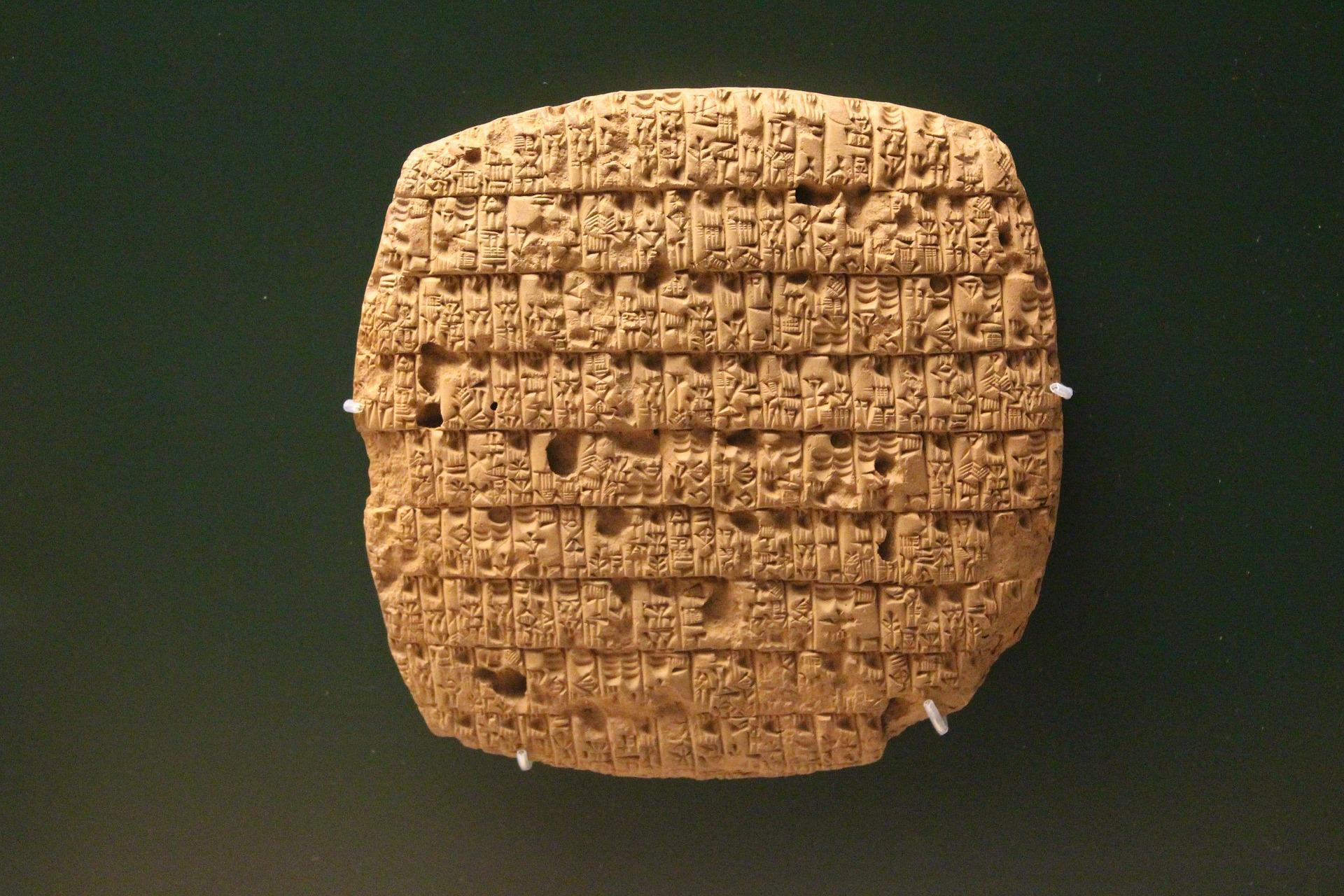
The Mesopotamians left the world a rich legacy. Besides draining swamps and irrigating dry lands, they also designed weapons of increasing sophistication.
The screw pump, which was previously believed to have been invented by Archimedes, now appears to have been a device used to irrigate the Hanging Gardens of Babylon, some 350 years before Archimedes travelled to Egypt. A clay tablet, written in cuneiform, describes how to produce a water screw in bronze.
Cuneiform, wedge-shaped writing in clay, was another Mesopotamian invention and is one of the world’s earliest writing systems.
Because this civilisation lasted so long, more than 7 000 years, it was instrumental in influencing the Bronze- and Iron Ages, as well as Antiquity. They were, thus, a major influence on innovations of those periods.
One of the monumental advances, that can be ascribed to them, is the invention of the wheel!
The Mesopotamian Legacy
Most people today do not even realise that the Maths we do today owes a great deal to this amazing people.
The hours of our day, minutes, seconds and the number of degrees in a circle are all based on their numerical system, which has a base value of 60.
We also inherited our 7-day week from the Mesopotamians.
Although the Semitic and Sumerian languages were both spoken in early Mesopotamia, cuneiform was specifically created for the Sumerian language, thus, giving the world one of the first, complete writing systems.
Babylonian astronomers were really good at maths, mapping the stars with amazing accuracy, predicting eclipses and other cosmic events, helping priests prepare for religious events.
In terms of medicine, they established the notion of medical diagnosis, physical examinations and dispensing medication by prescription.
Because this was where the world’s first societies were established and grew, Mesopotamia is known as the cradle of civilisation.
The skills and knowledge which the Mesopotamians possessed made it possible for mankind to create political systems, nation-states, laws and religions.
And while there are many positive spin-offs from their skill at metalworking, some negatives are still pervasive today, such as the ability to create deadly weapons.
Want to give private lessons?
Join the Superprof community and share your knowledge with inquiring and motivated students.

